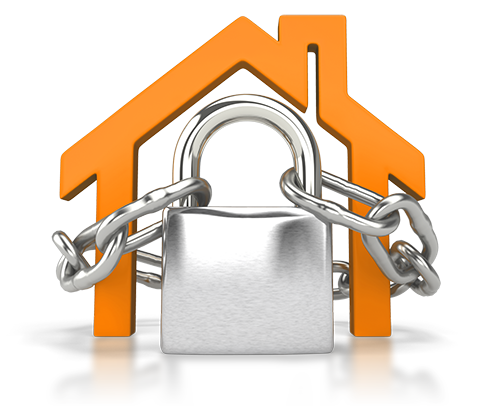Best practices
The rise of malware targeting unsecured IoT endpoints mean it’s more important than ever to make security a priority. Remote workers who use their home office as their primary office are arguably at even more of a risk since they may be exposing corporate assets as well as personal assets. Gulf South recommends the following best practices to secure your home network.
Secure the perimeter
Businesses rely on advanced threat protection from systems like next-generation firewalls or unified threat management systems –– the Swiss Army knives of security –– to protect their LAN-side devices. Many off-the-shelf Wi-Fi routers aimed at consumers contain very little in the way of network management, let alone modern security. Consider installing a commercial-grade firewall or UTM solution; some network security software companies now offer home licenses.
Get visibility
Even if your home network is safeguarded behind a secure gateway, you still need to understand and establish a baseline for what is “normal” network traffic. Consumer routers offer little in the way of traffic analysis and reporting. You’ll need a gateway with application-level traffic reporting to see which IoT and other devices are phoning home.
Stop the chatter
Once you’ve identified which devices are connected, you’ll be able to assess whether they really need to be internet-enabled. The safest option is to disable network access unless absolutely necessary. If it is necessary, consider putting your IoT devices on a separate local network to quarantine them in the event of a breach.
Turn off dangerous features
Today’s homes are filled with electronics that are suddenly “smart” –– like televisions with cameras or have voice-enabled controls. If a hacker was able to penetrate your network, these devices are easy targets –– and can be used to breach your privacy. Turn off any features that aren’t truly necessary.
Don’t ignore passwords
It might seem like a no-brainer to change the default password on a device, especially since password-based exploits have been grabbing headlines for years. But stay vigilant when it comes to password management; choose complex, unique passwords for each device. Consider a password manager to keep track and remind you to change them often.
Use multi-layered protection
Businesses don’t rely on one method to protect their networks and devices; they take a multi-layered approach. Take a cue from them: make sure you secure your endpoints (phones, tablets, laptops, PCs and IoT devices) as well as securing your network. Even if you have a secure gateway in place, a laptop could be compromised by inserting a USB stick with a malware-laden file.
[via: CSO Online]
